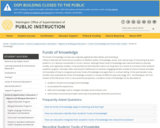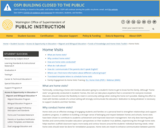
Aerospace Structures by Eric Raymond Johnson is a 600+ page text and reference book for junior, senior, and graduate-level aerospace engineering students. The text begins with a discussion of the aerodynamic and inertia loads acting on aircraft in symmetric flight and presents a linear theory for the status and dynamic response of thin-walled straight bars with closed and open cross-sections. Isotropic and fiber-reinforced polymer (FRP) composite materials including temperature effects are modeled with Hooke’s law. Methods of analyses are by differential equations, Castigliano’s theorems, the direct stiffness method, the finite element method, and Lagrange’s equations. There are numerous examples for the response axial bars, beams, coplanar trusses, coplanar frames, and coplanar curved bars. Failure initiation by the von Mises yield criterion, buckling, wing divergence, fracture, and by Puck’s criterion for FRP composites are presented in the examples.
Resources
PDFs (book and chapter-level)
Problem sets: http://hdl.handle.net/10919/104169
LaTeX sourcefiles: Expected spring 2022
Print (Softcover. Does not include appendix): https://www.amazon.com/dp/1949373444.
Professors, if you are reviewing this book for adoption in your course, please let us know here: http://bit.ly/interest-aerospace-structures. Instructors reviewing, adopting, or adapting parts or the whole of the text are especially encouraged to sign up.
- Subject:
- Applied Science
- Engineering
- Material Type:
- Textbook
- Provider:
- Virginia Tech
- Provider Set:
- VTech Works
- Author:
- Eric R. Johnson
- Date Added:
- 03/21/2022



